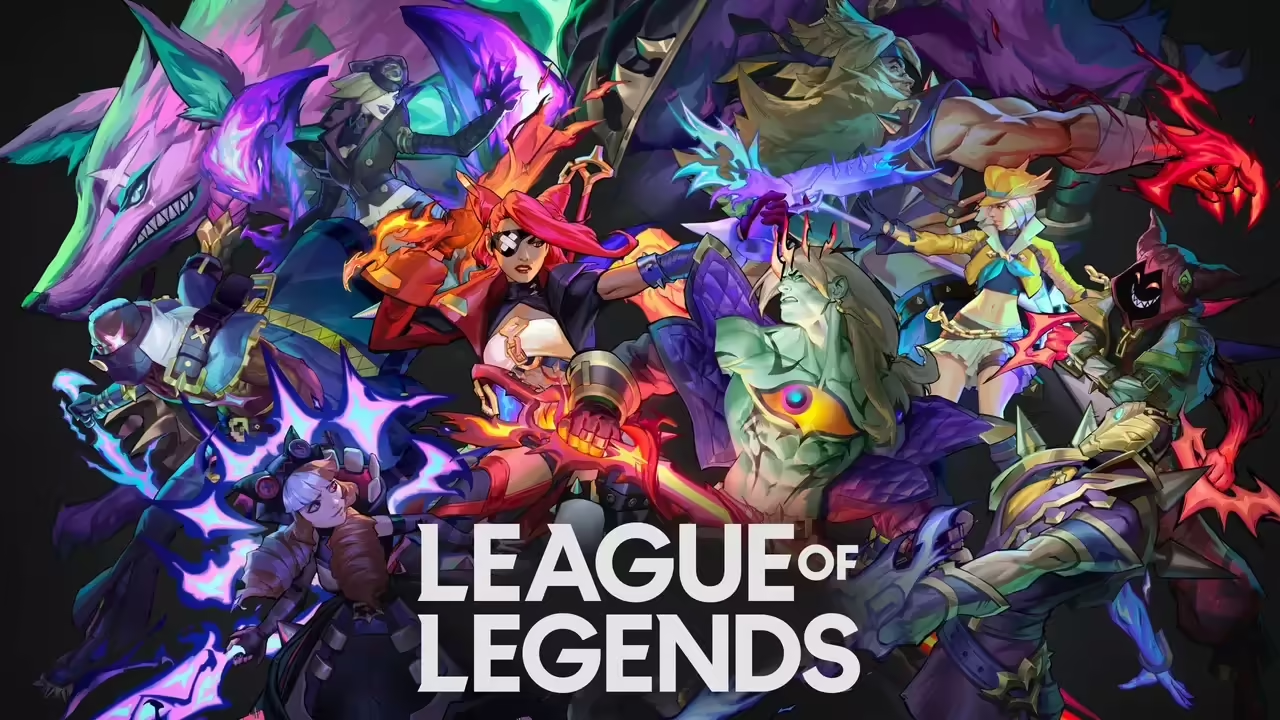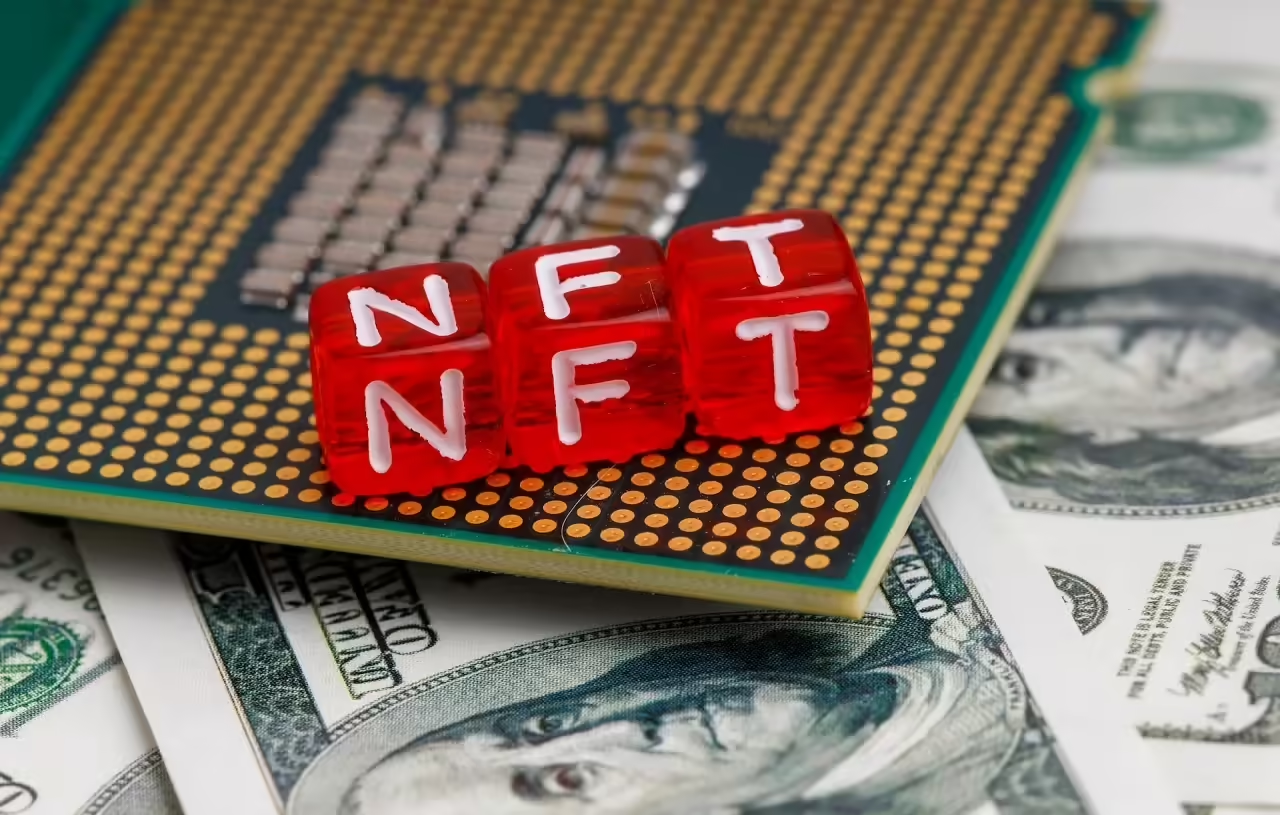
League of Legends was developed and published by Riot Games, making its debut on October 27, 2009. The game was the brainchild of Marc Merrill and Brandon Beck, who aimed to create a title that would merge elements of real-time strategy and role-playing games into one competitive experience.
The game’s development was influenced by a custom map for Warcraft III called “Defense of the Ancients” (DotA). DotA’s gameplay, which featured teams of heroes battling to destroy each other’s bases, served as the foundation for League of Legends. Riot Games took this concept and expanded upon it, introducing unique champions with distinct abilities and a deep lore-rich world known as Runeterra.
Since its launch, League of Legends has seen tremendous growth and has become a cultural phenomenon. It has consistently ranked among the most-watched eSports titles, with tournaments drawing in millions of viewers worldwide.
Genre and Gameplay Overview (MOBA)
League of Legends belongs to the Multiplayer Online Battle Arena (MOBA) genre, a subgenre of real-time strategy games. MOBAs are characterized by team-based, player-versus-player (PvP) gameplay that involves strategic decision-making and fast-paced action. Here’s a general overview of the gameplay in League of Legends:
The Map: League of Legends is primarily played on a map called “Summoner’s Rift.” The map consists of three lanes (top, mid, and bottom), each defended by turrets and inhibitors. The ultimate goal is to destroy the enemy’s Nexus located in their base.
Champions: Players control characters known as “champions,” each with unique abilities and roles. Champions are divided into categories like tanks, mages, assassins, marksmen, and support, allowing for a diverse range of strategies.
Teams: Matches are typically 5v5, with each player choosing a champion to control. Team coordination and communication are crucial for success.
Objectives: Teams must work together to secure objectives like Dragon, Baron Nashor, and Rift Herald, which grant powerful buffs and advantages.
In-Game Currency: Gold is earned by defeating minions, champions, and objectives. Players use gold to buy items, enhancing their champion’s abilities and strengths.
Strategy and Tactics: League of Legends requires careful strategy, including champion selection, positioning, and teamwork. Communication with teammates is vital to coordinate attacks, defense, and map control.
Constant Updates: Riot Games regularly updates the game with new champions, balance changes, and events to keep the gameplay fresh and engaging.
League of Legends is known for its accessibility to new players while maintaining a high skill ceiling for competitive play. Whether you’re a newcomer or a seasoned gamer, this game offers something for everyone.
Game Mechanics: A Detailed Explanation of League of Legends
League of Legends (LoL) is a complex yet rewarding game that combines strategy, teamwork, and skill. In this section, we’ll provide a detailed explanation of how the game is played, its primary objectives, and the basic rules.
The Basics of Playing League of Legends
Champion Selection: Before a match begins, each player selects a champion from a roster of over 150 unique characters. Champions have distinct abilities and roles, making team composition crucial.
Teams: Matches are typically 5v5, with each team aiming to destroy the enemy Nexus (located in their base) while defending their own.
Map – Summoner’s Rift: Most LoL matches are played on Summoner’s Rift, a map featuring three lanes (top, mid, and bottom) connected by a jungle. Each lane has turrets and inhibitors that must be destroyed to reach the Nexus.
Gold and Experience: Players earn gold and experience by defeating minions, enemy champions, and neutral monsters in the jungle. This currency is used to buy items and level up your champion’s abilities.
Primary Objectives
Destroying Turrets: Teams must push their lanes and destroy the enemy’s turrets. Turrets protect the base and provide map control. Destroying turrets grants gold to the team.
Kills and Deaths: Eliminating enemy champions awards your team gold and experience, while deaths grant the opposing team the same rewards. Accumulating kills and assists is crucial for advancement.
Objectives: Securing major objectives like Dragon and Baron Nashor grants significant buffs to your team. These buffs can turn the tide of battle and provide an advantage in pushing lanes or team fights.
Inhibitors and Nexus: After destroying all the turrets in a lane, teams can attack the inhibitors. Destroying an inhibitor spawns powerful super minions in that lane. The ultimate goal is to destroy the enemy Nexus, which leads to victory.
Basic Rules
Respawning: Champions respawn after death, with respawn timers increasing as the game progresses. Deaths can lead to a loss of map control, objectives, and ultimately the game.
Map Awareness: Keeping an eye on the mini-map is essential. It provides information about the location of allies and enemies, objectives, and potential threats.
Communication: Effective communication with your team is crucial. Use pings and the chat system to coordinate ganks, map control, and strategy.
Items: Champions can buy items from the shop with gold earned during the game. These items enhance stats and abilities, allowing for customization based on the situation.
Role and Lane Assignment: Each champion is typically assigned a specific role and lane at the beginning of the game. Understanding your role and fulfilling your lane duties is vital for team success.
Surrendering: If a team feels they cannot win, they can initiate a surrender vote. If the majority agrees, the match ends.
Characters and Champions
League of Legends (LoL) boasts a diverse roster of champions, each with its unique abilities and roles. In this section, we’ll explore the champion selection process, describe various roles and champion types, and provide examples of popular champions and their abilities.
Champion Selection
Draft Phase: Before a LoL match starts, players go through a draft phase. Each team takes turns banning champions and selecting their own. This phase is crucial for forming a balanced team composition.
Role Selection: Champions are typically divided into roles based on their strengths and abilities, including top laner, mid laner, jungler, ADC (Attack Damage Carry), and support. It’s important for players to understand and choose champions that fit their team’s composition and strategy.
Roles and Champion Types
Top Laner: Typically plays tanky champions or bruisers who can withstand and deal damage in one-on-one situations. Examples include Darius and Garen.
Mid Laner: Often mages or assassins with strong burst damage. Mid laners control the central area of the map. Examples include Ahri and Zed.
Jungler: Moves through the jungle, clearing camps and assisting in ganks. Junglers can be tanks, assassins, or supportive champions. Examples include Lee Sin and Amumu.
ADC (Attack Damage Carry): Ranged champions who focus on dealing sustained damage with basic attacks. They’re often paired with a support in the bot lane. Examples include Jinx and Ashe.
Support: Provides utility and protection for the ADC. Supports can be healers, crowd control specialists, or tanky initiators. Examples include Thresh and Janna.
Tank: High health and resistances, often used as frontline champions to soak up damage and initiate fights. Examples include Malphite and Nautilus.
Mage: Champions with high burst damage from spells. They excel in poking and controlling fights from a distance. Examples include Lux and Syndra.
Assassin: Specialize in taking down high-priority targets quickly. Assassins are elusive and deal massive damage in a short time. Examples include Katarina and Talon.
Examples of Popular Champions and Their Abilities
Yasuo (The Unforgiven): Yasuo is a popular melee mid laner known for his agility and wind-based abilities. His ultimate, “Last Breath,” knocks up enemies and deals significant damage.
Lux (The Lady of Luminosity): Lux is a long-range mage who excels in burst damage and crowd control. Her ultimate, “Final Spark,” fires a giant laser across the map.
Lee Sin (The Blind Monk): Lee Sin is a highly mobile jungler with versatile abilities. His ultimate, “Dragon’s Rage,” kicks an enemy champion into the air, dealing damage and displacing them.
Jhin (Khada Jhin): Jhin is a unique ADC who thrives on critical hits and precision. His ultimate, “Curtain Call,” allows him to snipe enemies from a great distance.
Leona (The Radiant Dawn): Leona is a tanky support champion with powerful crowd control abilities. Her ultimate, “Solar Flare,” stuns enemies in an area of effect.
Maps and Environments
League of Legends (LoL) features various maps and environments, each with its unique layout and objectives. In this section, we will describe the primary map, Summoner’s Rift, and touch upon the significance of maps in the game.
Summoner’s Rift
Summoner’s Rift is the most iconic and widely played map in League of Legends. It serves as the battleground for standard 5v5 matches and is characterized by its three lanes and a jungle area in between. Here are the key elements of Summoner’s Rift:
Lanes: Summoner’s Rift has three lanes: top, mid, and bottom. Each lane is defended by turrets, and minions periodically spawn and march down these lanes.
Turrets: Each lane has turrets that protect the base. Destroying turrets is a primary objective and grants your team map control and gold.
Inhibitors: Beyond the turrets in each lane lies an inhibitor. Destroying an inhibitor spawns powerful super minions in that lane, providing an advantage for pushing.
Nexus: The ultimate goal of the game is to destroy the enemy Nexus, which is located in their base. Doing so secures victory for your team.
Jungle: The jungle area between lanes is inhabited by neutral monsters. Junglers farm these monsters for experience and gold and use the jungle to roam and assist teammates.
Dragon Pit and Baron Nashor: Located in the river area of the map, these epic monsters grant significant buffs when defeated. Dragon buffs vary, while the Baron buff enhances your team’s strength for pushing and team fights.
The Importance of Maps in the Game
Maps in League of Legends are not just visually distinct; they also dictate gameplay and strategy. Understanding the importance of maps is essential for success in the game:
Map Control: Destroying turrets and inhibitors grants your team map control by pushing your minions closer to the enemy base. This control allows for strategic positioning and vision.
Objectives: Maps feature critical objectives like Dragon, Baron Nashor, and Rift Herald. Securing these objectives provides buffs and advantages to your team, which can turn the tide of battle.
Jungle: The jungle is a vital area for both junglers and lanes. Junglers farm it for resources and have opportunities to gank lanes, while lanes may seek refuge in the jungle during dangerous situations.
Vision: Maps are dotted with bushes and vision-impairing terrain. Proper ward placement and vision control are crucial for tracking enemy movements and controlling key areas of the map.
Rotations: The layout of the map determines how quickly players can rotate between lanes or objectives. Efficient rotations are essential for controlling the flow of the game.
Team Strategy: Each map encourages different strategies and compositions. Some maps may favor aggressive early-game strategies, while others reward patient late-game tactics.







